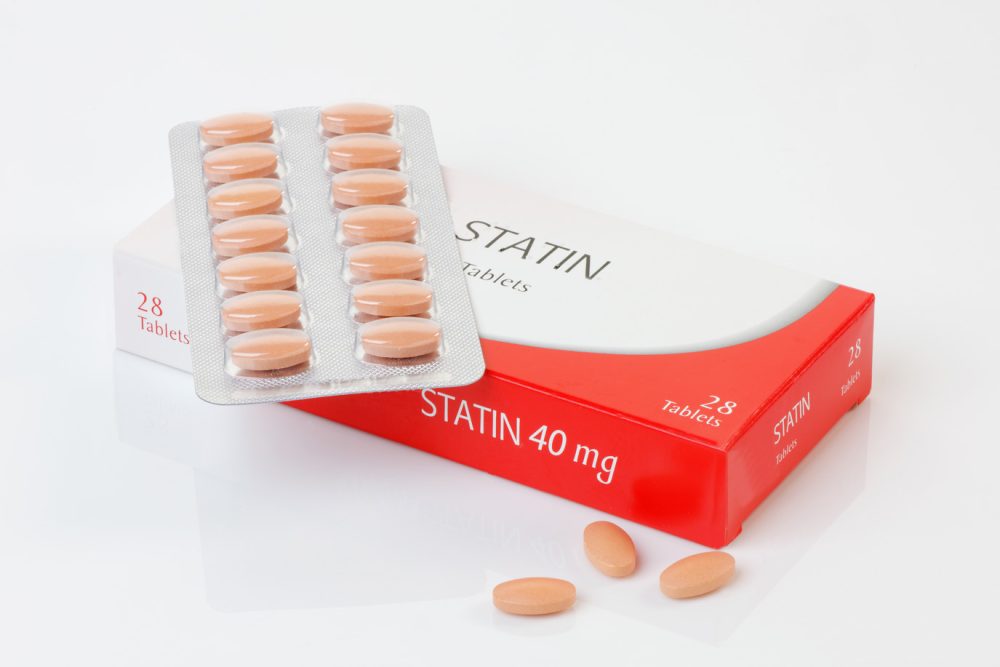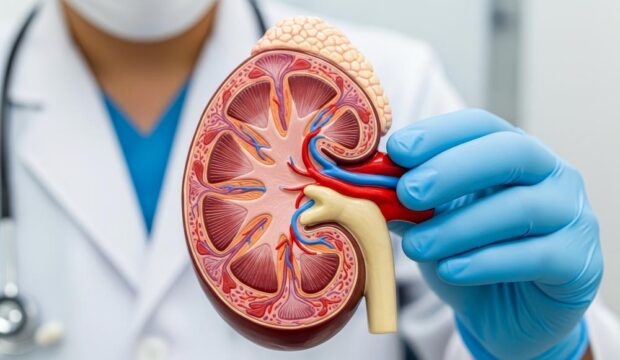Advertisment
Statin use lowers risk of intracerebral hemorrhage

Statin users appear to have a lower risk of suffering an intracerebral hemorrhage, or stroke, caused by bleeding in the brain. Researchers reported this finding on Dec. 7, 2022 in Neurology.
“While statins have been shown to reduce the risk of stroke from blood clots, there has been conflicting research on whether statin use increases or decreases the risk of a person having a first intracerebral hemorrhage,” said author David Gaist, MD, PhD, Professor of Neurology at the Department of Clinical Research, Faculty of Health Sciences, University of Southern Denmark in Odense. “For our study, we looked at the lobe and non-lobe areas of the brain to see if location was a factor for statin use and the risk of a first intracerebral hemorrhage. We found that those who used a statin had a lower risk of this type of bleeding stroke in both areas of the brain. The risk was even lower with long-term statin use.”
As background, the authors noted that the lobe area of the brain includes most of the cerebrum, including the frontal, parietal, temporal and occipital lobes. The non-lobe area primarily includes the basal ganglia, thalamus, cerebellum and brainstem.
The investigators extracted data from Danish health registries. Within the Southern Denmark Region (population 1.2 million), they identified all first-ever cases of intracerebral hemorrhage between 2009-2018 in persons over 55 years-old.
They classified the intracerebral hemorrhage diagnoses as lobar or non-lobar, and they matched these subjects for age, sex, and calendar year to general population controls. Control subjects had not suffered an intracerebral hemorrhage.
They used a nationwide prescription registry to determine statin and other medication use.
They identified 989 subjects diagnosed with lobar intracerebral hemorrhage (52.2% women, mean age 76.3 years) who they matched to 39,500 controls, and 1,175 subjects diagnosed with non-lobar intracerebral hemorrhage (46.5% women, mean age 75.1years) who they matched to 46,755 controls.
Of all subjects, 6.8% who had a stroke had been taking statins for five or more years, compared to 8.6% of those who did not have a stroke.
After they adjusted their findings for factors like high blood pressure, diabetes, and alcohol use, the investigators reported that current statin users had a 17% lower risk of intracerebral hemorrhage in the lobe areas of the brain and a 16% lower risk of intracerebral hemorrhage in the non-lobe areas of the brain.
Compared to those using statins for 1-5 years, subjects using statins for more than five years achieved a 33% lower risk of having a intracerebral hemorrhage in the lobe area of the brain and a 38% lower risk of intracerebral hemorrhage in the non-lobe area of the brain.
“It’s reassuring news for people taking statins that these medications seem to reduce the risk of bleeding stroke as well as the risk of stroke from blood clots,” Gaist added. “However, our research was done in only the Danish population, which is primarily people of European ancestry. More research should be conducted in other populations.”





